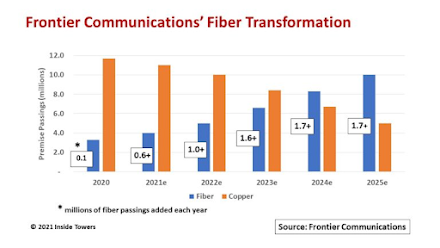In computing, one way of characterizing the rise of cloud computing is to note that cloud computing represents a shift towards shared infrastructure rather than dedicated infrastructure.
Shared infrastructure has not generally seen as big a shift in the connectivity business, with the exception of subsea optical fiber networks, which often these days are funded by consortia.
Mobile operators might lease space on cell towers rather than owning those towers, but the radios themselves are not shared. Each mobile operator’s radio infrastructure remains private and dedicated.
There are some instances of national wholesale networks for fixed network access, and some new efforts to create similar models for 5G, as in Malaysia.
Mobile virtual network operators provide an example of shared infrastructure in a more limited sense.
And while there also is more institutional investor and private equity investment in access networks and data centers globally, few of those investments entail converting to a shared infrastructure model.
But there are some signs of change. Virgin Media O2 is looking at creating a joint venture to fund a fiber to home expansion to seven million U.K. homes, in something of a historic shift. Rarely--if ever--have cable TV companies actually entertained such a move.
To be sure, there would still be a participation in “owner’s economics.” But the plan would lessen the amount of ownership of the core facilities. Also, while cable operators have never been proponents of wholesale operations, VMO2 contemplates providing wholesale access as a core feature of the payback model for the joint venture.
In part, the change grows from both supply and demand changes: more demand for investment in infrastructure assets globally, and greater stresses in the payback model for privately-owned access facilities.
“If you’re an infrastructure fund that’s run out of airports and toll roads to buy, you like the profile and upside (of data centers),” said Chris Moon, ING managing director.
“Dry Powder” for Infrastructure Investment Globally

source: bfinance
The shift towards shared infrastructure will be propelled in part by institutional investor payback strategies.
“More often than not, we’ll be extracting assets from integrated operators,” say Morgan Stanley Infrastructure Partners’ Yacine Saidji and John Watson. “Prior to the transaction, those assets will have had only one client. Part of our value creation will be making that asset available to whoever wants to use it.”
Similar trends are likely to arise in the mobile infrastructure area, especially for support of indoor access requiring small cells.
One way or the other, demand and supply pressures are going to increase interest in shared infrastructure in the connectivity, data center and small cell and indoor mobile access areas.

